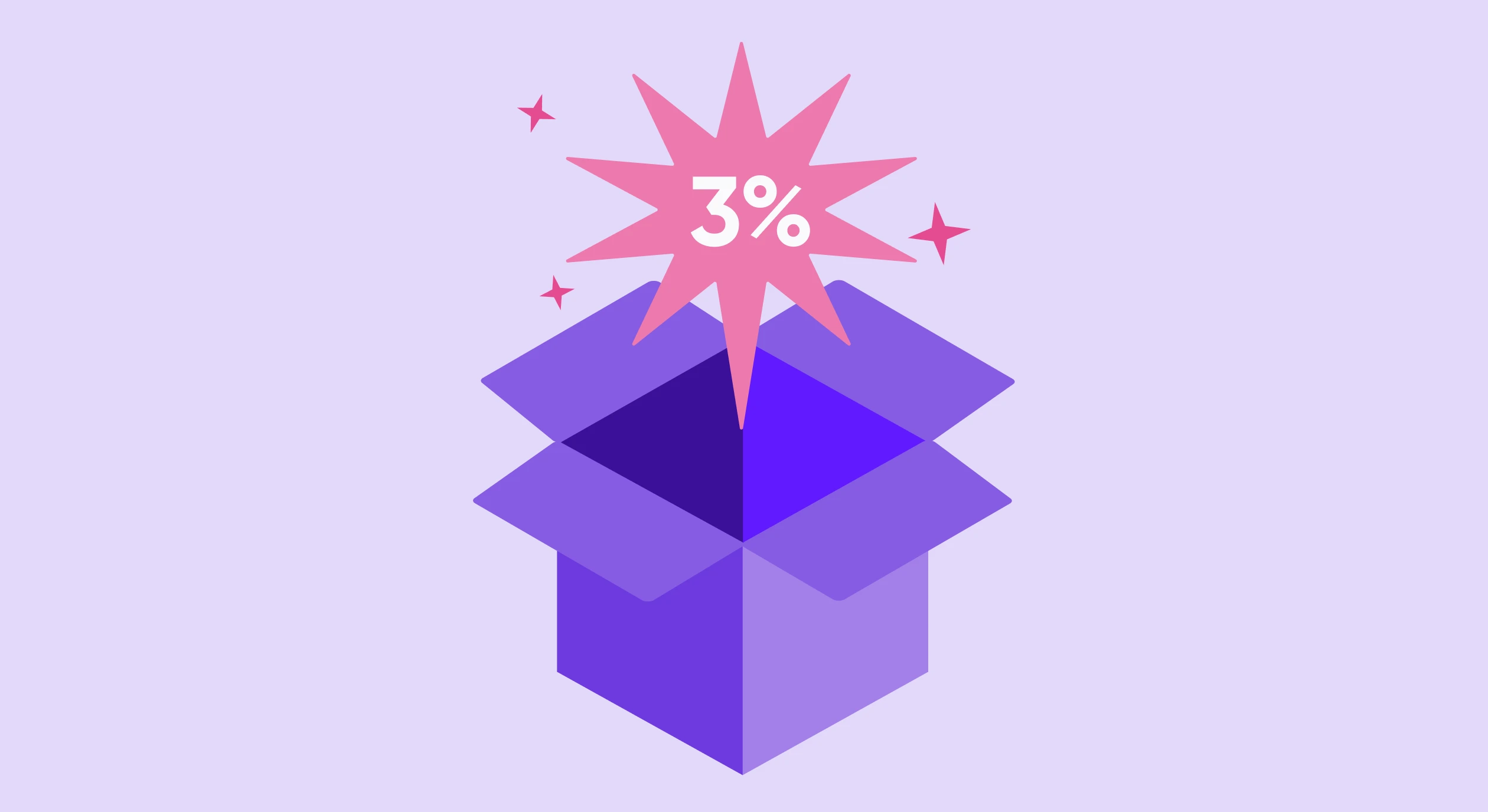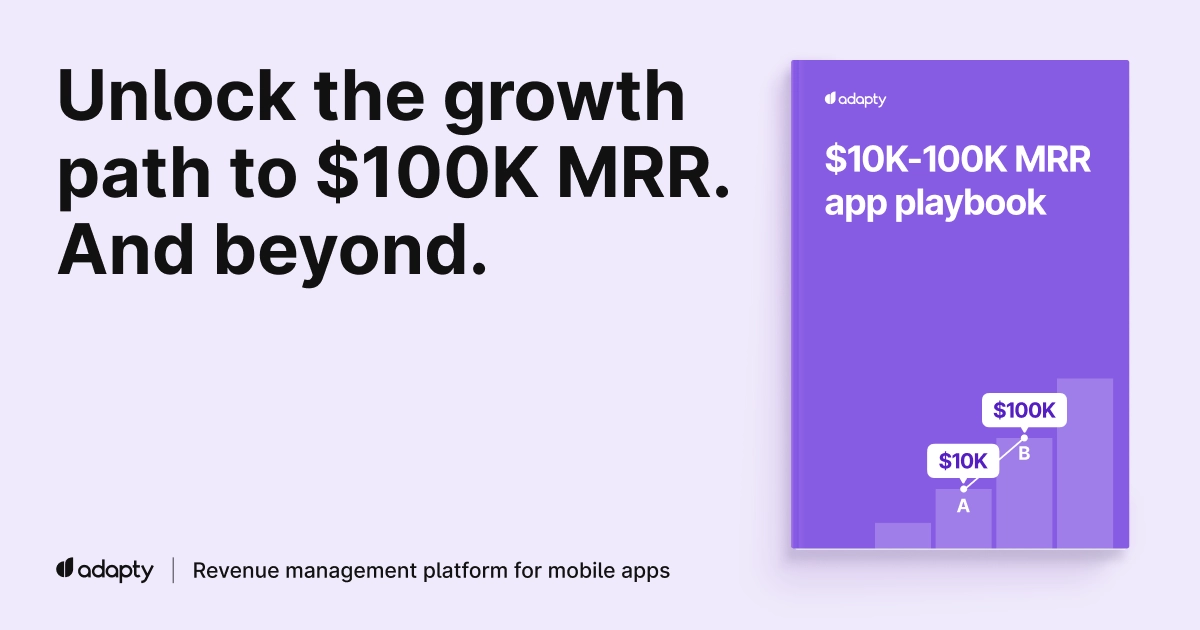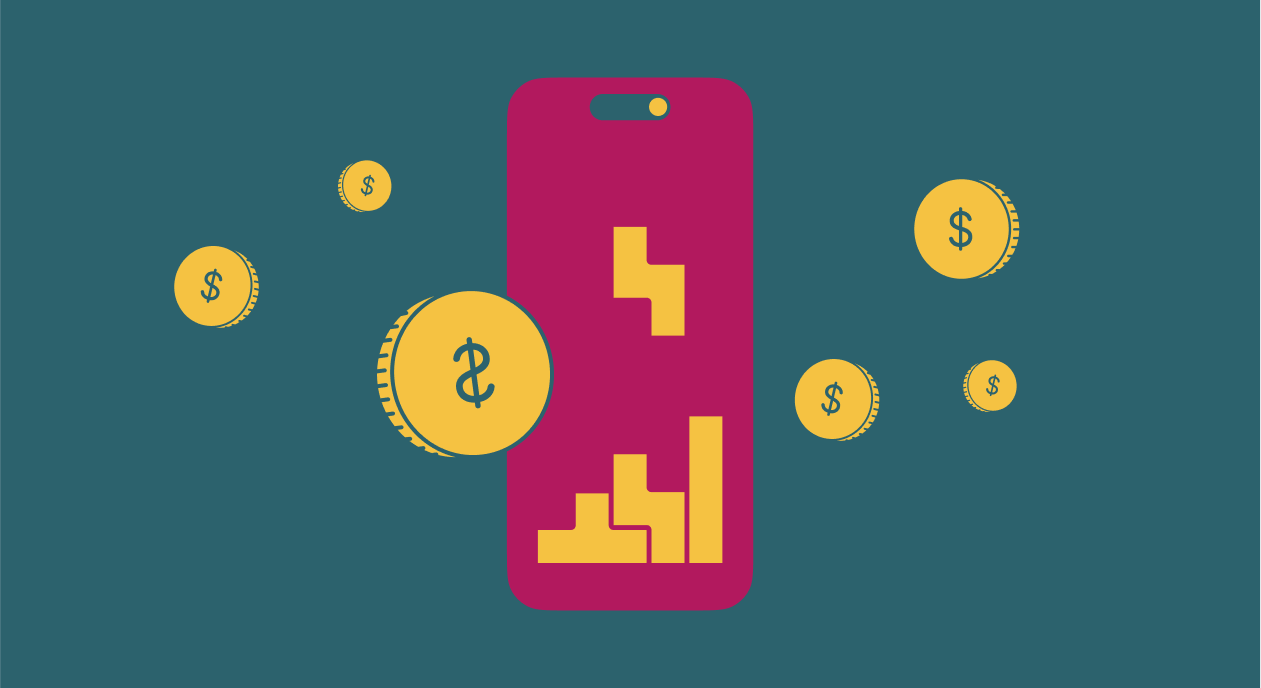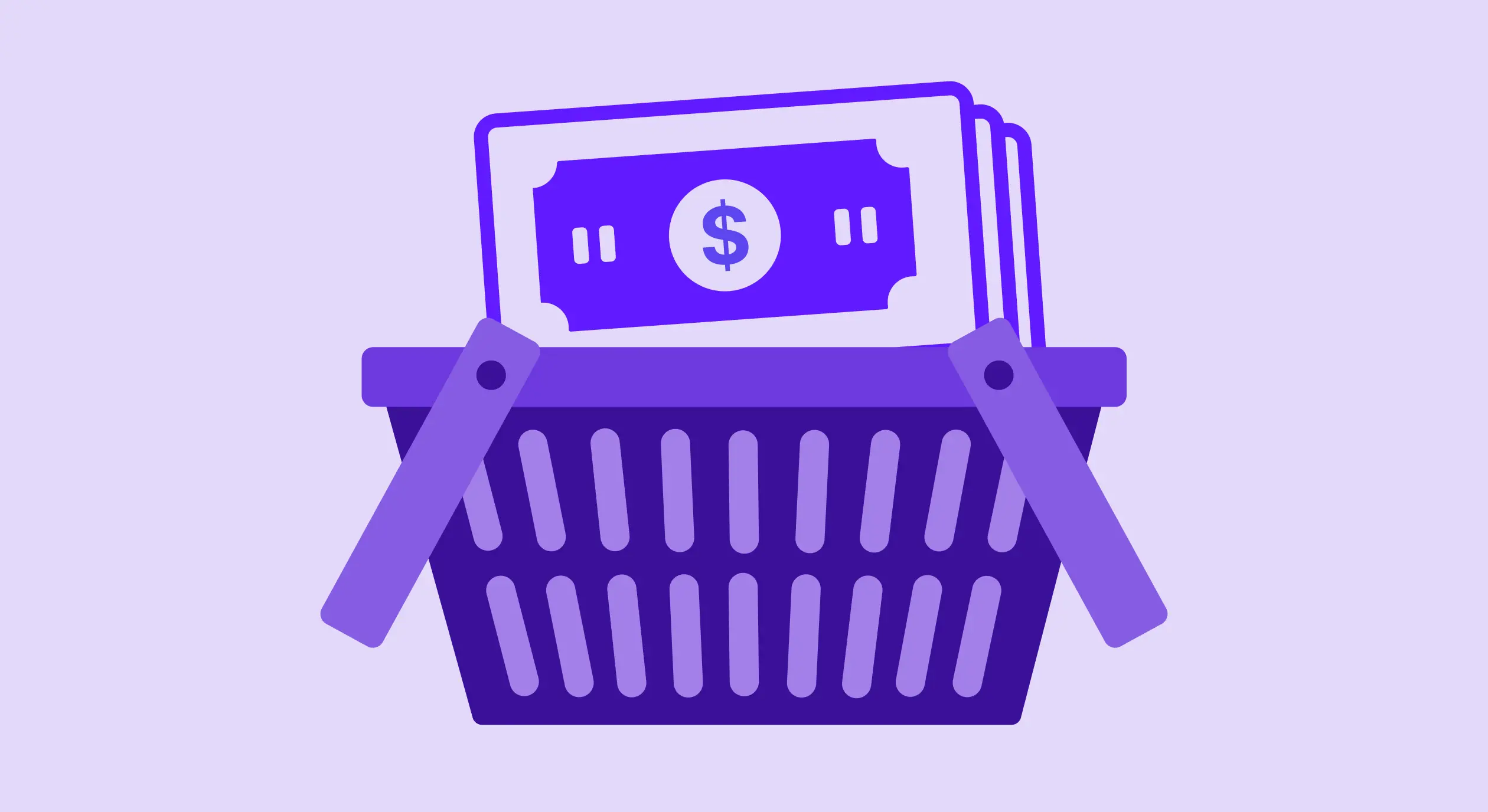How to recover 2-3% of lost revenue for subscription apps
Every dollar lost to refunds is a dollar you’ll never get back. For subscription apps, those dollars add up fast, eating into your MRR, and making it harder to scale.
In the first two parts of this series, we uncovered the hidden costs of refunds and showed how Refund Saver offsets the cost of your Adapty subscription.
If you’ve missed them, here’s a quick way to find them:
Now, in this final part, we’ll show you how Refund Saver can help you recover 2-3% of your total revenue. You’ll learn:
- Why refunds are a major part of lost revenue
- How Refund Saver consistently recovers 2-3% of your total revenue with minimal effort.
- The key metrics to track once it’s enabled.
Why refunds are a major part of lost revenue
What lost revenue means for subscription apps
Unlike one-time purchases, subscription revenue is designed to be predictable. It relies on recurring payments that build over time. For subscription apps, lost revenue comes from:
- Canceled subscriptions or users who churn before you’ve covered their acquisition cost.
- Abandoned trials from potential subscribers who sign up but never convert.
- Refunds basically undoing revenue you’ve already booked.
Refunds hit harder as they affect multiple parts of your business at once.
They reduce your MRR and directly impact your LTV. When these metrics drop, it becomes difficult to forecast growth, justify spending on acquisition, or reinvest strategically.
Apple offers an API for refunds, but that doesn’t mean it’s hands-free. You still need to pull user data, verify details, and submit it on time. For apps processing hundreds of refunds, even a small inefficiency can add up to serious revenue loss.
How much do refunds actually cost your app?
Let’s put some numbers behind this.
For this section, let’s say your app generates around $50,000 MRR with a freemium model
- 20% of the free users.
- 80% of the users are paid subscribers:
- Monthly subscriptions: 70% on a $10/monthly plan.
- Yearly subscriptions: $100/year plan ($8.33/month).
How it looks:
- Monthly revenue: 3,500 monthly users × $10 = $35,000. 1,800 yearly users × $8.33 ≈ $15,000.
- Now factor in Apple’s 30% fee and you get $35,000/month
- With a 5% refund rate: $35,000 x 5% = $1,750 lost monthly
- Net revenue after refunds: $35,000 – $1,750 = $33,250/month
In the end, your app actually generates $33,250/month. That’s 33.5% of revenue lost each month, even though refunds are just 5% of your total subscription sales.
If your app scales, that problem doubles.
Refund Saver recovers at least 2-3% of total revenue
Refunds only become a financial black hole if you let them spiral out of control. With Refund Saver, they don’t have to. It turns refunds into recoverable revenue with almost no effort on your part.
The real recovery potential
Refund Saver typically reduces refund rates by 50% and wins up to 80% of disputes, meaning it can recover 2-3% of total revenue *— sometimes even more.
Let’s apply this to our previous example. The app makes $50,000 MRR, but after Apple’s 30% cut and a 5% refund rate, the team only takes home $33,250/month.
Without Refund Saver:
- They lose $1,750/month to refunds monthly.
- Refund handling still requires pulling the right data and ensuring it’s submitted correctly — without it, they lose revenue by default.
- If refund rates spike, it’s extra work for the team to monitor and respond effectively.
- They consider building an in-house solution, but it requires ongoing development resources.
With Refund Saver:
- They enable it in one click from their Adapty dashboard and let it handle the process.
- Refund Saver automates refund disputes, ensuring accurate, timely submissions.
- It wins 80% of disputes, recovering $1,400 in the first month.
- They recover $1,400 in the first month, which is: 2% of gross MRR. 2.86% of net revenue. 40% of total lost revenue.
- Completely covering their $619 Adapty Pro+ subscription.
At first glance, 1% of revenue might seem small. But for scaling apps, it’s a difference that compounds. Month after month, it frees up cash flow to reinvest into growth, whether that’s launching retention campaigns, improving features, or scaling acquisition strategies.
It scales with your app
Refund Saver scales with your app, no matter how big your user base gets. Whether you’re processing 10 refund requests or 15,000, it works automatically.
And since it’s always up to date with Apple’s latest policies, you don’t have to worry about compliance issues.
Use refund insights to improve your retention strategy
As Refund Saver recovers your lost revenue, it also gives you the space and tools to solve the bigger problem: why are users requesting refunds in the first place? Since the process is automated for you, you can now shift your focus from reacting to refunds to proactively improving retention.
Identify the common reasons for refunds
Refund data is a great opportunity to better understand your users. You can access it via your Adapty dashboard and track 18 subscription events along with user cohorts, LTV, Retention, and much more. Here are a few things you can to keep an eye on:
- Which subscription plans see the most refunds?
Your refund rate is the percentage of total purchases refunded. They often vary by pricing tiers. Are some subscription tiers underperforming? Maybe users don’t see the value they expected. Maybe users don’t see the value they expected.
- Are some acquisition channels refund-prone?
If users from TikTok refund more often than those from Google Ads, you might need to adjust your messaging.
- When do refunds peak?
Refunds often spike during auto-renewals or free trial conversions. A high refund rate at these stages might indicate users got caught off guard by the renewal or didn’t find enough value to continue. You might want to adjust your communication then.
- Do refunds overlap with churn?
Refund requests can be a warning sign of disengaged users. Addressing their concerns early can keep them from leaving.
→ Further reading: Top 5 advanced mobile apps subscription metrics
Closing the loop on refunds
If there’s one thing to take away from this series, it’s that refunds are not the end of the world. Some are fair, others are not. They’re just part of running a subscription app, and with the right tools, they’re pretty manageable.
Over the last three articles, we’ve shown how refunds impact your revenue, how Refund Saver makes managing them easier, and how it can help you grow.
Now it’s over to you to start turning refunds into net revenue.
Sign up to Adapty, enable Refund Saver, and refocus your resources on building a great app.




